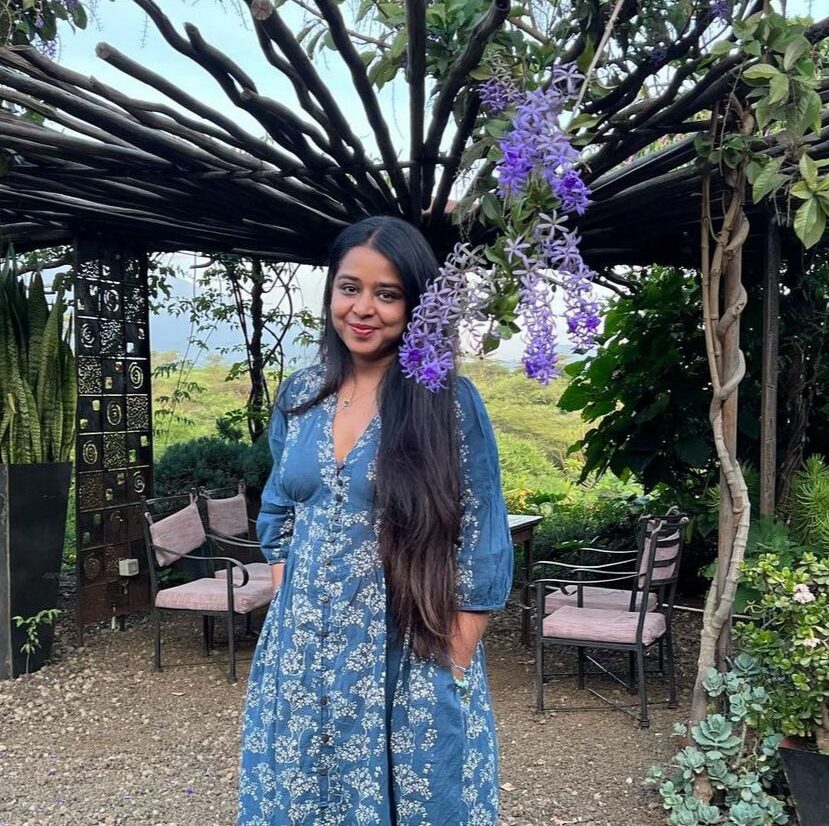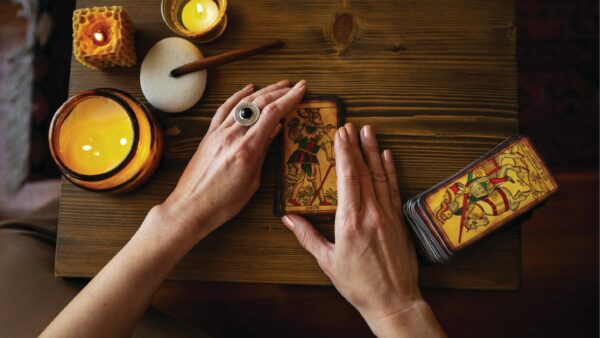Most of us may not even have bright, sunny nooks to work from home but we are still working near the windows, whether it’s the lockdown home-exercise routine or keeping up with the office work. In this scenario, is it only wise to change our beauty regime and skip the daily sunscreen since we are indoors most of the time?
According to Dr Pankaj Chaturvedi, consultant dermatologist and specialist hair transplant Surgeon, MedLinks and cosmetic chemist Aneesh Sheth, your morning skincare routine of sunscreen application is necessary even when you are indoors all day and every day. “There are two types of Ultra-violet (UV) rays- UVA and UVB. Both are equally damaging for the skin. Staying indoors doesn’t mean they can’t enter your home as they can penetrate through your window glass. Most window filters block UVB rays, but UVA can easily hit your skin can cause sunburn and tanning, which can also damage the DNA in your skin cells and increasing the risk of skin cancer. They can also cause the unwelcome signs of premature ageing including dark spots and wrinkles,” explains Dr Chaturvedi.

How often should you be reapplying sunscreen?
When you’re outside, reapplying every 2-3 hours is ideal. But since you’ll be inside, applying every 5 to 6 hours is best, says dermatologist and cutaneous surgeon, Dr Satish Bhatia. “It will be better to switch to a lower SPF in the gel form or a light lotion format to make it comfortable yet effective. When you step out, we recommend that a sunscreen should be at least 50 SPF and above. But now since all of us are mostly contained indoors 30 SPF is more than enough,” says Dr Bhatia.
What is blue light and how does blue light affect the skin?

Our limited time outdoors has resulted in extended hours on the on our electronic devices which emit blue light, also called HEV (High Energy Visible) light. “They penetrate more deeply than UV rays,” adds Dr Chaturvedi.
“Blue light or visible light reaches the deepest layer of the dermis, UVB reaches only the epidermis and UVA a little deeper into the mid dermis. While the intensity of damage may not be as severe as UVA or UVB, constant exposure also affects the skin – especially in Indian skin, as most of us tend to already have an uneven skin tone or pigmentation and the screen light just makes it worse. In fact, blue light and infrared (which is caused by heat) both darken pigmentation and tanning in Indian skin,” informs Sheth.
What kind of sunscreen should you look for?
Prashanthy Gurugubelli, the founder of Daughter Earth, a plant-based clean skincare label, says, “Broadly there are two types of sunscreens: physical (Zinc oxide, Titanium Dioxide and some iron oxides) and chemical sunscreens (oxybenzone, avobenzone, octisalate, octocrylene, homosalate, or octinoxate). Physical sunscreens – the natural ones sit on top of your skin and block the sun’s rays. The effect is similar to wearing a hat or having a roof on top. Chemical sunscreen absorbs the sun rays like a sponge.” However, the problem with physical sunscreen is that it sits on your skin, and if not formulated well, it can form a white layer, but when formulated well, there is limited whitening. “So, it is basically a tradeoff between using a physical sunscreen that is not silky and smooth like a chemical one,” points out Gurugubelli.
Does our regular sunscreen help from the blue light of the screens?

Unfortunately, no, unless so specified. According to Gurugubelli, when you stay indoors largely, you need a formula that is suited for blue light. She adds, “There are blue light actives – mainly carotenoid rich botanicals – that can absorb blue light, and even nullify its effect with their antioxidants. For both blue light, and sun protection at large, it is important to not only block the sun rays, but also add actives that help with inflammation and the oxidative degradation of lipids of the skin (known as lipid peroxidisation).” Read the label to check if it has blue light protection actives or not.
Dr Chaturvedi recommends using mineral based sunscreens containing zinc oxide, titanium oxide with iron oxide or lutein, because they help in protection from the blue light (especially iron oxide and lutein).
The ‘inside-out’ approach

Besides a physical sun-sunscreen protection, also Gurugubelli also highlights the importance of having food and supplements that enhance body’s sun-tolerance levels. “Astaxanthin, seabuckthorn are two of my favorite ingredients which you should look out for in the products and also can be had internally as dietary supplements. Astaxanthin is even called internal sunscreen.”
Drinking a lot of water always helps. Reduce the consumption of sugar and milk as milk prevents the absorption of polyphenols, or plant chemicals that have anti-inflammatory and antibacterial capabilities. “Other foods that help are pomegranate, black grapes (for resveratrol), tomato, watermelon. Any Vitamin C and antioxidant rich fruits and veggies,” adds Gurugubelli.





